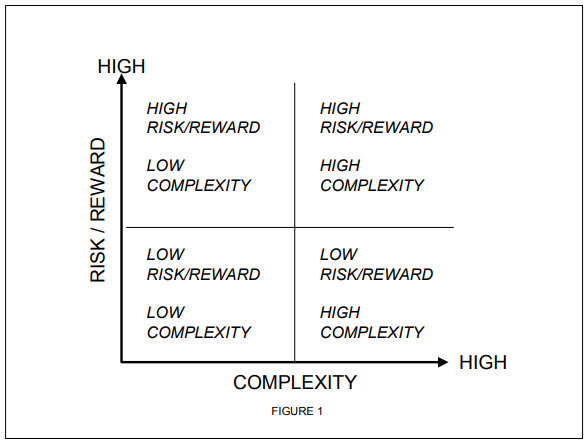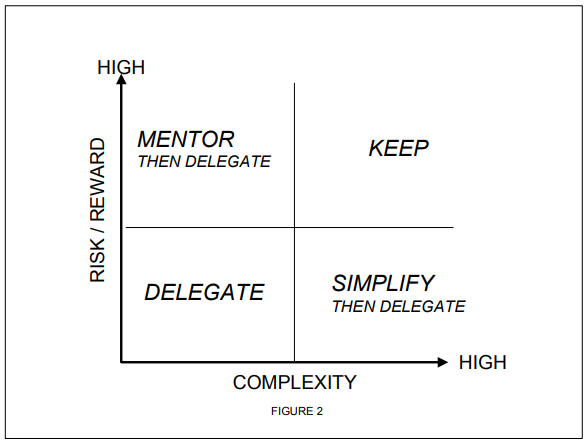
It’s the worst part of billing.
You worked hard for your clients. You consistently produced exceptional results. You delivered miracles, saved them from disaster. They were incredibly happy and thankful for your help.
Until they received your invoice.
Their whole demeanor changed at that point. They were no longer the happy and thankful clients from before. They suddenly rejected your invoice.
What happened?
How did your client relationship sour so quickly?
Something you did triggered a billing dispute
What was it?
Was it your approach? Perhaps your fee was too high or the work wasn’t delivered as expected? Whatever the cause, it’s significant. Your clients are refusing to pay.
Firm revenue is at stake.
How do you turn this difficult situation around? How do you resolve these billing issues decisively and prevent future disputes? There’s a single word that encapsulates your ideal solution.
Communication.
The vast majority of billing issues can be narrowed down to communication. Here are four strategies you can use to avoid and prevent a billing dispute.
Strategy #1: Create a map of expectations
Your clients have billing guidelines. When we receive these guidelines they’re often a jumbled mess. Even more frustrating, they’re incomplete. Client “guidelines” are often missing rules. If you follow billing guidelines to the letter your invoice may still be rejected.
Why?
Your clients (e.g. decision-makers, billing department, etc.) have a set of implicit rules. Rules they assume you already know and can’t be bothered to explain. These hidden rules should become explicit rules.
How?
Reach out to select members of the billing department (or your point of contact) ahead of time. Introduce yourself, then ask them how to make their jobs easier.
You’ll want to identify:
- What’s required/permissible
- What requires approval by the client
- What’s forbidden/unacceptable
- Stop words and hidden rules that immediately flag your invoices for review
Take notes, then create a summarized set of billing guidelines. Then, once you’ve learned the rules, the billing guidelines your clients expect you to follow, obey them.
Strategy #2: Automate with helpful if-then statements
Automation is key.
If-then statements enable you to automate or semi-automate key tasks in your process.
If A, then B.
If billing guidelines are received, then they’re immediately forwarded to [name]. If an action item is mentioned in a meeting, then [name] is notified. [Name] will create and upload the appropriate content to the firm’s document management system. All relevant parties will receive access.
Did you catch that?
The strategy provides a simple and straightforward process you can use to automate/semi-automate the work that needs to be done. Whenever possible, use technology to do the heavy lifting (e.g. use software to verify that time entries are appropriately recorded).
Why?
Good software completes requested tasks. Great software completes, teaches and corrects staff simultaneously.
If-then statements create consistency.
They create a procedural approach that’s easy for clients to adapt to. The added bonus here is that each of your invoices appears to been written by the same hand. This tells clients you’re reliable. You’ve adopted consistent, firm-wide billing practices.
Strategy #3: Treat your timesheets like the precious cargo they are
Your time entries are like gold.
You want to treat your timesheets like treasure or precious cargo. Your line items like important inventory in your store. You’ll want to do this because that’s what they are.
Each line item is a unit of revenue.
Every improvement you make to the quality of your timesheets/invoices increases the acceptance and collection realization rates for your firm.
This is the problem.
Most firms believe they make their money when they send out an invoice or bill for their time. But you actually make your money before that point. Your firm makes money when you: (a.) Map/identify the obvious and hidden rules in your billing guidelines (b.) You verify that all time entries are real-time compliant and automatically recorded as-it-happens and (c.) every time entry, every line item, is specific, detailed and precise outlining the who, what and why of a particular task.
This creates structure.
This structure eliminates the invoice rejection/review process, automatically increasing collection realization rates. Your client is happy. Your staff is happy. Revenue skyrockets automatically so your partners are happy.
Strategy #4: Deliver unexpected news preemptively
Don’t ignore a significant variance.
Have you deviated significantly from a pre-established budget? Are you planning on adding an unexpected item, expense or fee to your invoice?
Communicate.
Pick up the phone and reach out to your point of contact. Reach out to the billing department. Let them know what’s going on. Explain the who, what and why of the situation. Then add that explanation to the invoice. Let decision-makers, your point of contact and the billing department know what’s coming ahead of time.
If they disagree? Negotiate.
Whether it’s good news or bad news reach out to clients. If it’s bad news explain why it happened and how you plan to address the problem. If it’s good news spell out the benefits. Show them how you can replicate this windfall with future projects.
You can avoid and prevent billing disputes
It starts with communication.
Your clients are looking for clarity. Clarity on their invoices. On each line item. In each statement. They expect you to keep them informed. A billing dispute means your clients are attempting to pump the brakes.
It’s a request for more information.
When unhappy clients go cold it is not always an attempt to dodge or avoid their obligations. Billing disputes are unpleasant, especially when you’ve done amazing work. Give clients the clear, consistent communication they need and you’ll find you’ve eliminated the worst parts of billing.








